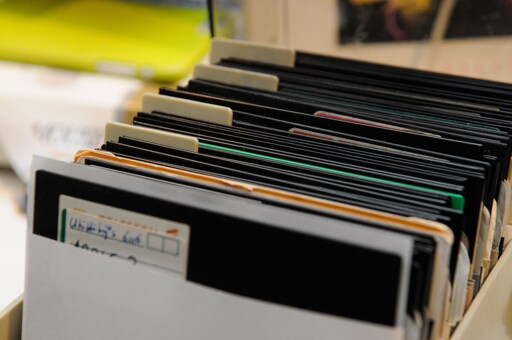The initial Locksmith advertisement that started the trouble. Published in MICRO: The 6502 Journal, January 1981, 80.

In ye olde days software was obscenely expensive. That $74 is $260 inflation adjusted. Imagine losing your Word Perfect disks to an accident. That was a $2000 investment in today’s dollars. Which means Zork II cost more than the latest Zelda. There was a reason people tied up phone lines for hours to get on the local BBS.
Yeah, I grew up on those days, and missed most of the computer revolution simply because my family couldn’t afford any of it. I did have a rich friend that dabbled, so I got so see the edges of it, but I didn’t get to dive in deep like a lot of people did in those days. I’m making up for it now, though!
In 1981, Robert Tripp, editor and publisher of MICRO: The 6502 Journal, likened the copying of software to the photocopying of a magazine and acknowledged that MICRO would have no livelihood if readers could simply get the content free or at minimal cost.
Thus began the drama of copy protection, an industrial loss prevention practice wherein companies used a combination of hardware and software techniques to scramble the data on software media formats, typically 5.25-inch floppy disks, so that copying the disk was no longer possible by conventional means. While the goal of this subtle bit of friction was to throttle piracy, it also prevented users from creating backup copies of software they legally owned, or otherwise accessing the code itself.
From the article: “Personal computers functioned differently in the 1970s and 1980s. Unlike domestic computational technologies such as video game consoles or pocket calculators, the Apple II and many of its competitors were not designed as proprietary or closed systems. Indeed, the entire appeal of a personal computer was that it put computing power directly in the hands of users. It was essential that users be able not only to program on their machine but also to save and distribute the work they did.”
It needs to be like this now!
I was in my early teens in the 1970’s and 1980’s. My family was way too poor to afford any of the computer. The only people in my hometown who had this stuff were wealthy. So I think this authors use of the term “relatively inexpensive” sorta downplays how much that shit cost in the day.
The first actual computer I ever saw or got to play with was a RadioShack TRS-80, that my then-gf’s dad had. The 1977 cost for that was $599 USD. Adjusted for Inflation, that’s around $3,000 USD in today’s dollars.
That song slapped so hard it made me copy my floppy’s even harder!




